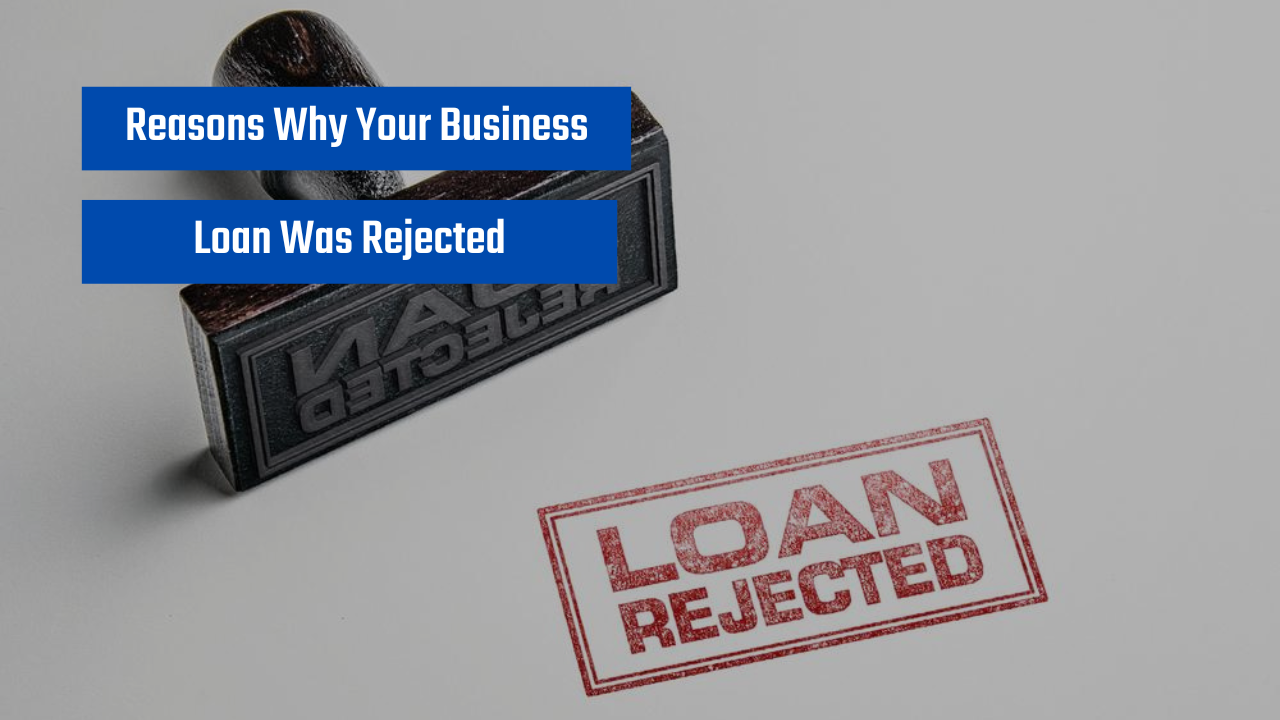Examples of Loan Programs Requiring Co-signers or Collateral
Various loan programs for higher education may mandate co-signers or collateral to secure the loan. Federal student aid programs generally don’t require co-signers, but private lenders frequently require them, especially for larger loan amounts. Furthermore, some state-sponsored programs may also require collateral for loan approval.
Types of Collateral Accepted by Lenders
| Type of Collateral | Description |
|---|---|
| Real Estate (Property) | Homes or land, typically assessed based on market value. |
| Vehicles | Cars, trucks, or other vehicles, with value determined by market condition. |
| Investment Assets | Stocks, bonds, or other investments, appraised based on current market value. |
| Savings Accounts | A guaranteed asset with value, but may not be as readily available to the lender as other options. |
Unrealistic or Unjustified Loan Amount
A crucial aspect of securing an education loan is accurately representing your educational expenses. Submitting a loan application with a wildly inflated amount can significantly harm your chances of approval. Lenders scrutinize the requested amount to ensure it aligns with reasonable and verifiable costs. This meticulous review is vital to avoid funding potentially unnecessary expenses or excessive borrowing.Lenders carefully evaluate the justification for the requested loan amount, ensuring it aligns with documented educational costs.
They analyze the projected expenses, comparing them against established standards and historical data for similar programs. The goal is to prevent applicants from requesting funds for non-educational purposes or exaggerating the actual costs. Misrepresentation of expenses can lead to a rejection. Therefore, meticulous record-keeping and a clear understanding of anticipated costs are paramount for a successful loan application.
Factors Lenders Consider
Lenders employ a multifaceted approach to assess the justification of the requested loan amount. They analyze the applicant’s chosen program, the projected duration, and the anticipated living expenses. These factors, along with the applicant’s academic history and financial standing, are all considered when determining the loan amount. The lender’s goal is to determine the true and reasonable cost of pursuing the chosen education.
Accurate Cost Calculation
Precisely calculating the total educational expenses is crucial for a successful loan application. This involves considering tuition fees, accommodation costs, books and supplies, transportation, and personal living expenses. It’s not just about tuition; it encompasses all foreseeable expenses during the educational period. Underestimating or omitting necessary expenses can lead to a shortfall and result in the need for additional funding, potentially jeopardizing the loan approval process.
Comparison of Loan Programs
Different loan programs have varying maximum loan amounts. Federal student loans often have higher maximums compared to private student loans. State-specific loan programs may also offer different limits. The applicant should research the maximum loan amount permitted for the chosen program and institution. Understanding these limits helps applicants avoid requesting more than what is realistically permissible, ensuring a more manageable repayment plan.
Typical Educational Expenses
| Expense Category | Description | Example Amounts (Estimated) |
|---|---|---|
| Tuition and Fees | Costs associated with attending the educational institution. | $10,000 – $30,000 per year |
| Books and Supplies | Required course materials. | $500 – $1,500 per year |
| Accommodation | Living expenses during the academic year. | $3,000 – $10,000 per year |
| Food | Daily meals and groceries. | $1,500 – $4,000 per year |
| Transportation | Commuting costs to and from school. | $500 – $2,000 per year |
| Personal Expenses | Miscellaneous personal expenses. | $500 – $2,000 per year |
Note: These are estimated figures and may vary based on individual circumstances and location. It’s essential to meticulously document and estimate each expense to ensure a realistic loan request.
Outcome Summary
In conclusion, securing an education loan requires meticulous attention to detail and a comprehensive understanding of the application process. By addressing potential pitfalls like insufficient income verification, poor credit history, incomplete documentation, lacking co-signers or collateral, and unrealistic loan amount requests, you can significantly improve your chances of success. This guide offers a roadmap for navigating these challenges, empowering you to make informed decisions and ultimately achieve your educational goals.
